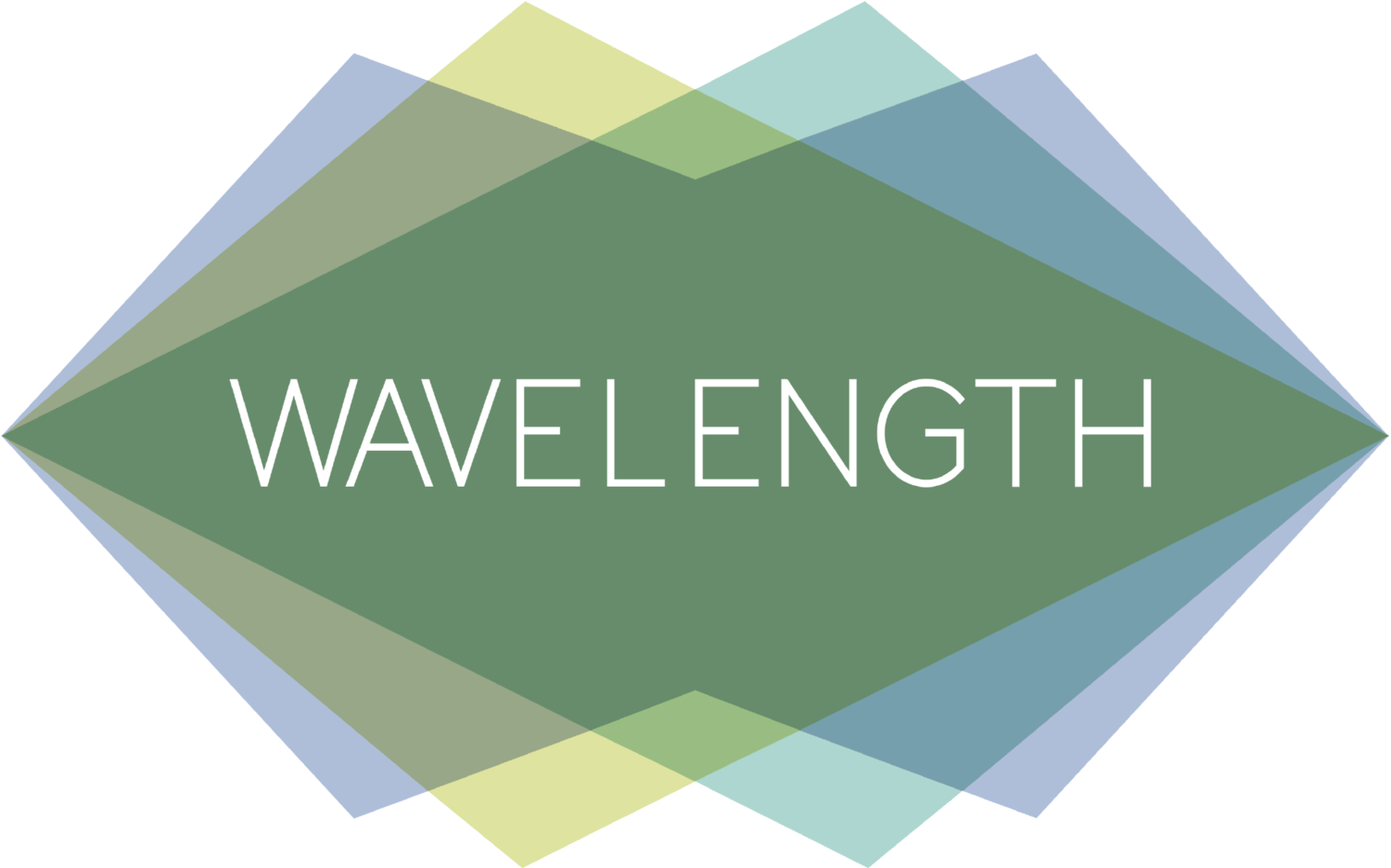How long will a good LED bulb last in a commercial* environment? There are so many products and variables, and many possible answers, so let’s lead with our professional opinion: 2-3 years.
Acknowledging that this is a complex and, on some level impossible, question to answer, we will explain how we approach life expectancy in our LED fleet.
IS 70% ADEQUATE?
First, it’s important to recognize that an LED that is functioning properly will emit some amount of light for decades. LED bulbs do not simply fail outright the way halogens or fluorescent bulbs do, but instead slowly weaken over a long period of time. Classifying an LED light as “out” becomes subjective. The industry has chosen (for itself) 70% of initial total light output as the threshold for official dysfunction. This means an LED designed to emit the light of a 50-watt halogen will emit that of a 35-watt halogen before it can be sent back to the manufacturer with a valid warranty claim. For the vast majority of commercial users, this level is unacceptable.
Dimness becomes noticeable in a light-sensitive environment at between 80-90% of original output, so we think of 85% as a more accurate expiration milestone. By manufacturer-published data, that would move expected LED life from the 25,000 to 50,000 hours listed on the box to between 15,000 and 25,000 hours. For a typical commercial user, that translates to between 4 and 6 years.
BUT HEAT TAKES ITS TOLL…
The rated/tested lifetimes assume that the user of the light bulb follows a set of rules that typical lighting systems routinely break. The foremost of these is that the temperature around the bulbs should be both kept stable and relatively low. The life of the LED chip is dramatically affected by heat - the more heat the shorter the life.
However, recessed lighting (common) and enclosed fixtures (ubiquitous) often warm the bulbs well above the 70-100 degree Fahrenheit range recommended by most manufacturers. The impact of overheating on life expectancy is unknowable - these products are multi-year rated and have been on the market for 3 months, so there is simply no full-life data. Our expectation, however, based on monitoring our fleet of bulbs is that excessive heat will peel another 25% off useful life expectancy. We are down to a 3 to 4.5 year life.
THEN THERE’S COLOR…
LED light bulbs have a problem their predecessors did not: color shift. As an LED ages, carefully stacked layers in an LED chip (for the technically-inclined: the substrate and active layer) will slowly become misaligned, affecting the color emitted by the light. Manufacturers have taken to specifying color consistency at the beginning of bulb life, but again data on age and color shift is as yet unavailable.
We are noticing color-shift in a few cases in less than a year. It is highly unlikely that today’s LED bulbs will avoid noticeable color quality issues for any longer than three years. For our white-walled gallery clients, color issues are likely to present themselves even sooner.
AND FINALLY THE LEMONS…
Not all bulbs will perform equally. As with any piece of complex electronics, there will be simply defective units in an otherwise functioning batch. You’ll have lights go out in the first 3-6 months after install that, from our perspective, fall outside of the standard life expectancy framework. We have been involved in 60 installations, and over 70% have needed at least one bulb replacement in the first 6 months.
SO, ARE LEDS A GOOD IDEA?
Yes, absolutely - especially if you have a partner capable of maintaining them. For all the aforementioned issues, LEDs are still (far and away) the best technology available for general lighting applications by any meaningful measure - cost, reliability, color quality, or energy-to-light efficiency. LEDs are improving with every new product launch, where their predecessor technologies will remain expensive, inefficient, burning hot, and boring.
So, while we expect we will need to overhaul our clients LEDs in three years, and will need to do plenty of maintenance between now and then, the decision for us to be invested in so many LEDs is one we make happily.
* A commercial user is defined as a retailer, office, gallery, showroom, or similar that is operating lights 60-80 hours a week. They use flood or spot PAR-type lights, or high color-quality T8 replacements.
Still have questions? Get in touch with us for a free audit of your space!
We use this space to air thoughts on the industries in which we take part: LED lighting, aesthetic commercial lighting, and the growing industry of LED lighting as a service.
Wavelength is proud to be part of a community that includes offices, hotels, schools, retailers, LED manufacturers, and energy project investors. Material published here, however, reflects only our personal views on lighting, not those of our various partners.

